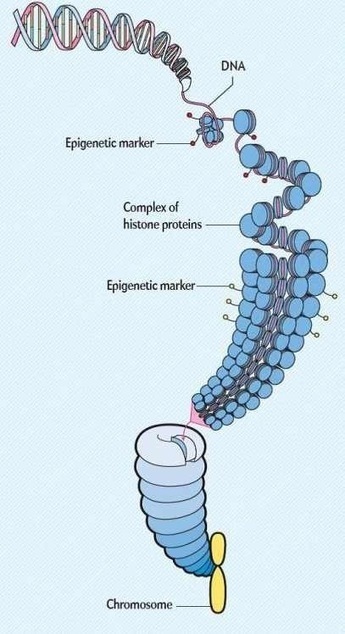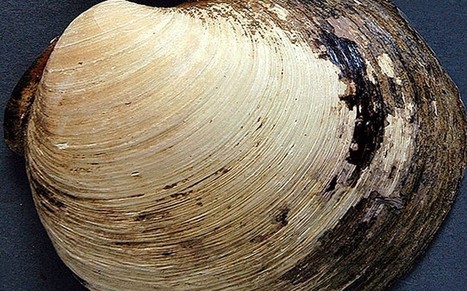Did you make it to work on time this morning? Go ahead and thank the traffic gods, but also take a moment to thank your brain. The brain’s impressively accurate internal clock allows us to detect the passage of time, a skill essential for many critical daily functions. Without the ability to track elapsed time, our morning shower could continue indefinitely. Without that nagging feeling to remind us we’ve been driving too long, we might easily miss our exit.
But how does the brain generate this finely tuned mental clock? Neuroscientists believe that we have distinct neural systems for processing different types of time, for example, to maintain a circadian rhythm, to control the timing of fine body movements, and for conscious awareness of time passage. Until recently, most neuroscientists believed that this latter type of temporal processing – the kind that alerts you when you’ve lingered over breakfast for too long – is supported by a single brain system. However, emerging research indicates that the model of a single neural clock might be too simplistic. A new study, recently published in the Journal of Neuroscience by neuroscientists at the University of California, Irvine, reveals that the brain may in fact have a second method for sensing elapsed time. What’s more, the authors propose that this second internal clock not only works in parallel with our primary neural clock, but may even compete with it.
Via Dr. Stefan Gruenwald



 Your new post is loading...
Your new post is loading...



![[INFOGRAPHICS] What our body is made of (thanks to an old, unknown supernova)... | omnia mea mecum fero | Scoop.it](https://img.scoop.it/dvUB4aGd6xIFXwKHqZqMNTl72eJkfbmt4t8yenImKBVvK0kTmF0xjctABnaLJIm9)










